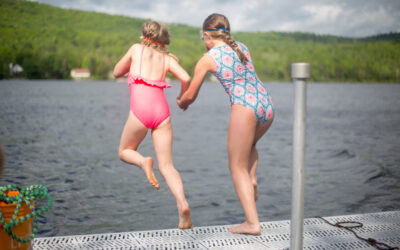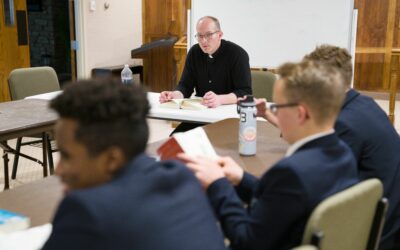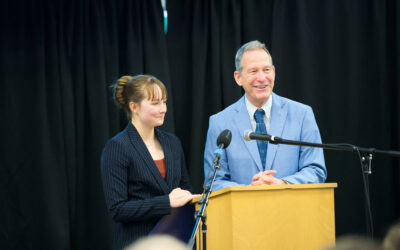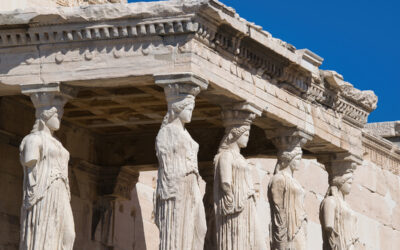Our Blog
Never Do School with a Grumpy Kid
We have just started into week two of the school year, and I wanted to share what we believe is one of the most...
Staying Fervent During Summer
Why does everyone love summer? Because it’s the season when we have the most time for leisure activities! But living carefree isn’t an excuse for living without care.
Teaching Latin, Learning Faith
By Reverend Jeremy Mills This past year upper school students who were in the Latin I Readings Class translated the...
Senior Thesis Defense
by Head of School, Rachael Oren The Classical Academy has reached another important milestone, just three weeks before...
Classical Education in Modern Culture
By Assistant Dean of Students Nate Jenkins There are two ways of getting home; and one of them is to stay there. The...
The Narrow Road of Cell Phones
by Academy dad, Eric Hodges Every family today deals with the question of whether, or when, to get a smartphone for...







